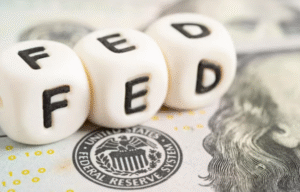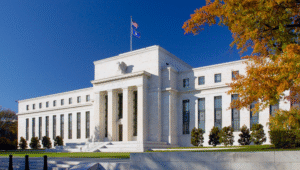$GBPUSD
#Forex #BritishPound #UKInflation #USD #CurrencyTrading #FXMarkets #InterestRates #BoE #Dollar #Inflation #Sterling #Macroeconomics
Sterling has surged above the $1.30 mark for the first time since November, reflecting a robust comeback for the British currency against the U.S. dollar. The pound’s appreciation has been largely driven by the persistence of high inflation in the United Kingdom, which has led to speculation that the Bank of England (BoE) may hold interest rates higher for longer. At the same time, the U.S. dollar has weakened overall, as markets anticipate the Federal Reserve nearing the end of its rate-hiking cycle. These factors combined have contributed to increased investor confidence in the pound, with market participants viewing the currency as a strong performer amid broader macroeconomic shifts.
A key driver behind sterling’s rise is the stubbornly high level of inflation in the UK, which remains elevated compared to other major economies. The UK consumer price index (CPI) has consistently surpassed expectations, increasing pressure on policymakers to maintain a restrictive monetary stance. Higher inflation has reinforced expectations that the BoE will avoid premature rate cuts, supporting the pound’s gains. Furthermore, wage growth in the UK has remained strong, further complicating the central bank’s path toward monetary easing. While inflationary pressures pose challenges for consumers and businesses, they have played a role in underpinning sterling’s strength as global investors seek higher yields.
The rise in the pound also coincides with a broader retreat in the U.S. dollar, which has seen a decline amid shifting market sentiment. Investors have begun to anticipate that the Federal Reserve could pause or potentially cut interest rates later in the year, reducing the appeal of the greenback. Lower Treasury yields have made U.S. assets less attractive relative to those in the UK, encouraging capital flows into sterling-denominated investments. With the Fed’s stance appearing more dovish compared to earlier expectations, the dollar’s weakening trend has provided additional upward momentum for the pound. Furthermore, geopolitical risks and market uncertainty have prompted some investors to seek diversification away from the dollar, further benefiting sterling.
Looking ahead, the sustainability of sterling’s rally will depend on how inflation trends evolve and the policy decisions of both the BoE and the Fed. If UK inflation remains elevated, the BoE may be forced to maintain a hawkish stance, which could continue to support the pound. On the other hand, any signs of economic weakness or a slowdown in inflation could lead to downward pressure on sterling. Meanwhile, upcoming U.S. economic data, including inflation reports and labor market indicators, will play a crucial role in shaping expectations around Federal Reserve policy. While sterling has gained significant ground, its future trajectory will be influenced by global interest rate dynamics and the overall strength of the global economy.











Comments are closed.